Pruning with a chain saw
2018 – Week 52
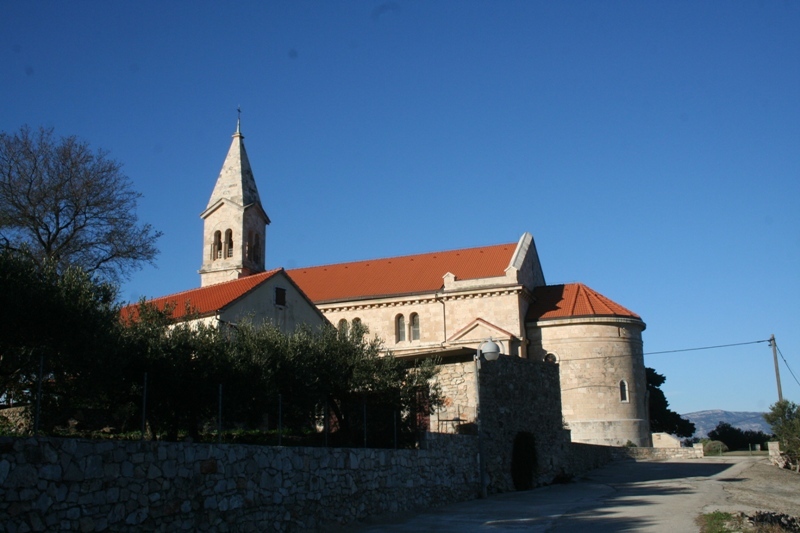
This week: Time; Horticulture; History; Blogging
A friend asked me this week where time goes to. There is no easy answer, whether you want the technical answer from A brief History of Time by Professor Stephen Hawking, or the practical answer, time ever moves onwards and seems to increase in speed as it does. Yet the second hand on the clock still turns at the same pace it has since clocks were invented.
Most people will recall how when in school that same second hand seem to drag itself slowly around the face of the clock, until it was time to go home. Then once the holidays started, it speeded up, going ever faster until the start of the new term….
Christmas is over, and very nice it was too. New Year approaches, the last year of the “Teens”, with all kinds of things to look forward to, but while the second hand on the clock continues around the dial in a continuous measured pace, what I actually manage to achieve during a day – especially at this time of year – is never enough.
I did take a couple of days off this week from “normal” work to enjoy a good read. I received a really nice book just before Christmas – Drought Resistant Planting – by Beth Chatto. A renowned Plantswoman, author of a large number of very good gardening books and a horticulturist, who sadly passed away earlier in the year.
Her works on plants for almost every kind of situation, from marsh to desert will live on though.

Another somewhat specialist book arrived in the parcel, along with my supply of Mince Pies – all delivered on Christmas Eve, just as DHL had promised.
If I said “Police Box” to you, most will immediately think of the Tardis from Dr Who. Few will remember these once common pieces of street furniture, actually being seen on the street, and the Tardis is just one of many designs. A single example remains by the harbour in Scarborough, now a listed building.

“The Rise and Fall of the Police Box“, (ISBN:978-1-85858-465-2) is a niche book, written for a specialised area of history. But having been involved in preserving the last police pillar to have been operational in Hull, and remembering the tall, square pillars in York where I grew up, especially the one which was on the corner of Bootham and Gillygate, outside the then Pullman Bus Company offices, it is of interest.
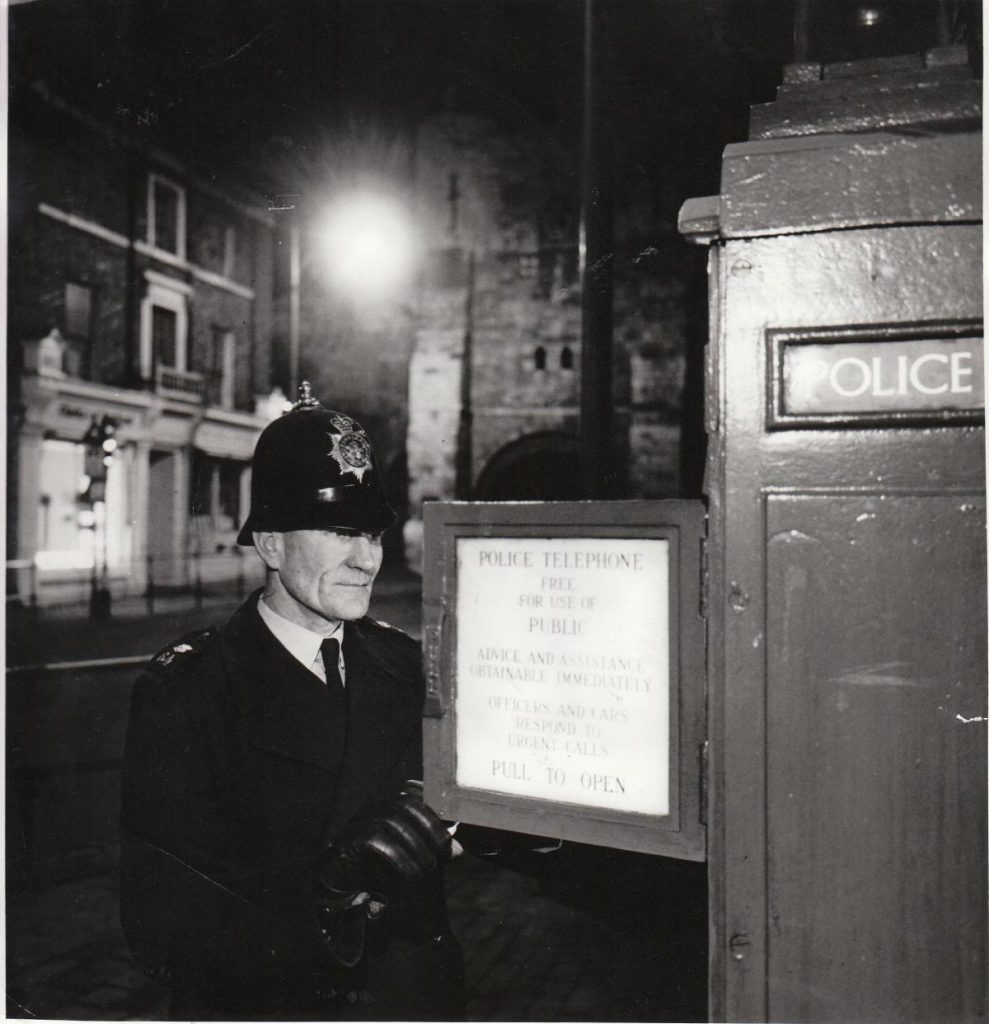
The author has devoted considerable research into the project, but like any research of this type, it is never complete. I was sent a list of the police boxes, pillars and posts in East Hull, which I’ve passed on to him.
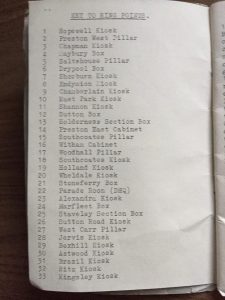
With restricted daylight at this time of year, I’ve been trying to do several jobs which are required winter tasks. I’m not thinking here of sitting in a cosy room, reading the seed and plant catalogues – although that would be a nice winter occupation.
Rather it has been pruning. But with some serious pruning to be done, I’ve been using the chain saw. One of my Šipac (pomegranate) trees has been pushing on the wooden Arbour that I built, forcing it our of the vertical.
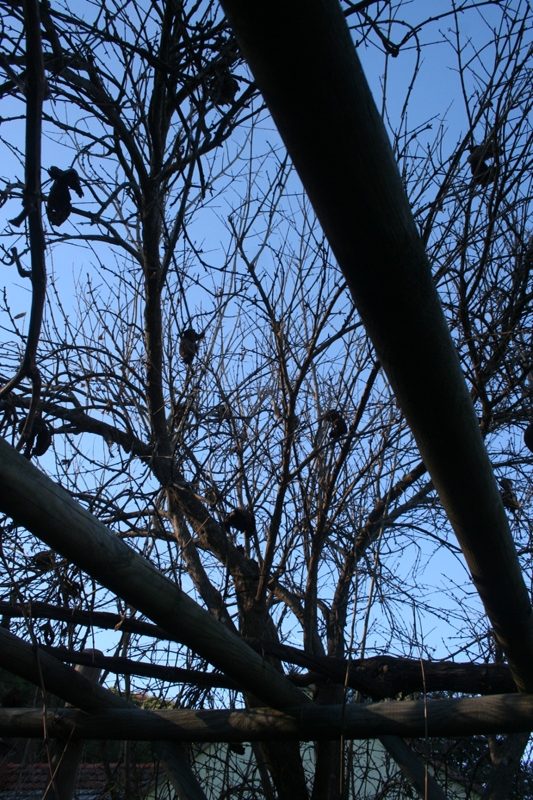
Pomegranate are fast growing. They also have the habit of sending huge numbers of shoots up from the base of the tree. They need to be pruned, to remove dead wood and to keep them in some sort of shape. This one has not been touched for the past two winters, so has got a little out of hand.
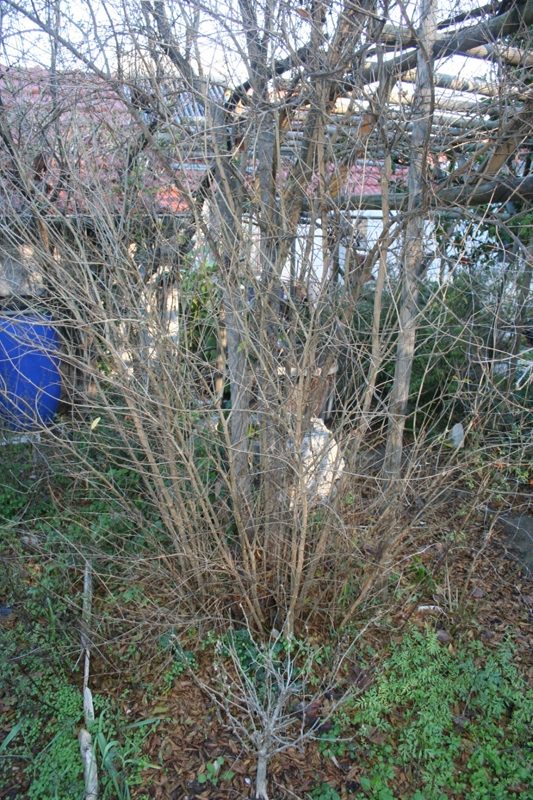
Removing the new shoots at the base was easy. I have left three strong, straight shoots in place, to form the next generation of fruiting trunks, but all the rest were removed and will be mulshed.
Removing the suckers gave me easy access to an old orange tree which was killed in the severe freeze we experienced exactly two years ago. This was the event which caused 14 burst pipes because of the incompetence of the local plumber I had employed, who installed indoor pipe with indoor insulation on external pipe runs, and didn’t insulate the header tank in the loft.
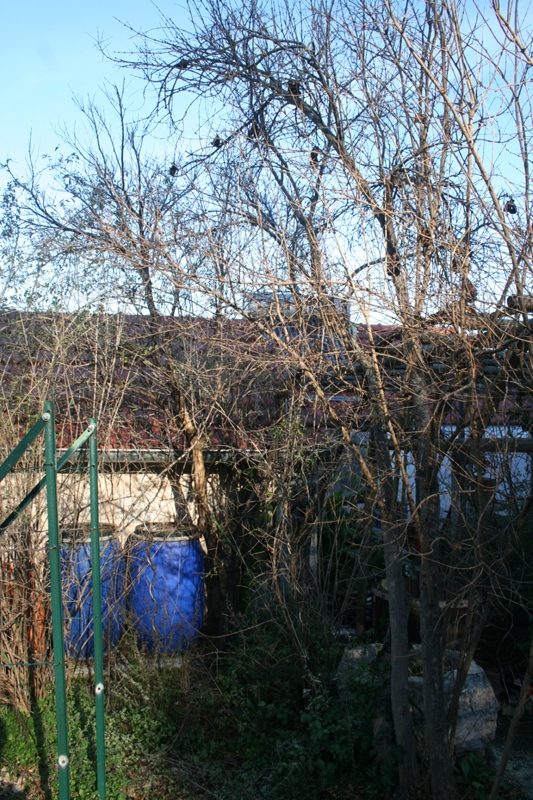
The tree produced a variety Seville orange and was quite productive, which is why it was both a surprise and shame that the cold killed it. With a trunk diameter of 16 cm, and a height of four meters, it took a number of cuts to get it down in manageable size pieces.

With that done, I could see that my Goji berry trees also needed some radical pruning. This is a fruit bush I had no experience of until moving to Dol, so I had to look up what it was I am supposed to do. There are only a few berries this year, because I didn’t prune it during the summer.
One of the jobs I need to do is to write a “Maintenance calendar” so I have all the information, in one place, about all the different jobs that need doing at different times of the year.
But it’s not as straight forward as it might seem, because the start of Spring is only a few weeks away – depending upon how cold it is in the next 10 days – then what in northern Europe would be described as “summer” arrives by early May.
In the middle of the year it is so hot and dry that most plants shut down to preserve their energy and water, then only come back to life with the first autumn rains.
So when one of my pruning books says to prune cordon apple trees in August – that is August in a northern European climate – but here, does it mean June/July (when the weather is similar), or September when the day time temperature has cooled? I’m really not sure and haven’t tried that experiment yet!
A different job this week, when the sun has gone down and I have the wood stove going, has been to archive all the computer files which need archiving. I keep all the Dol house Blog material in 52 weekly folders, which makes it easy to move them to permanent storage, but also to look through and see what I wrote about during the year.
An average weekly blog is 1,200 words, so times 52 means around around 63,000 words have been written and read during the year. What struck me was the recurring themes.
Weather and climate

Summer clouds 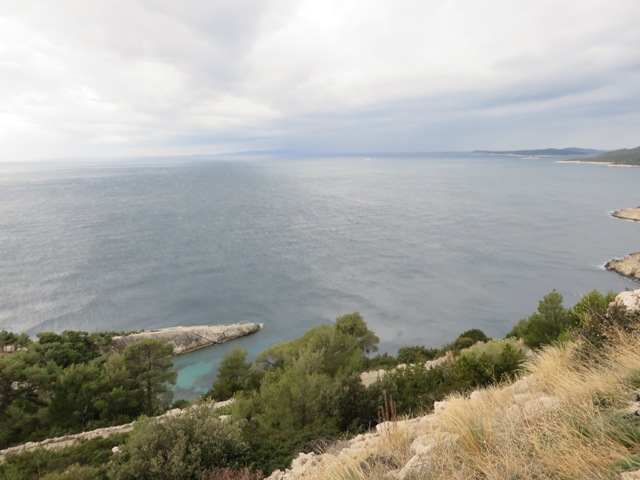
Southern coast 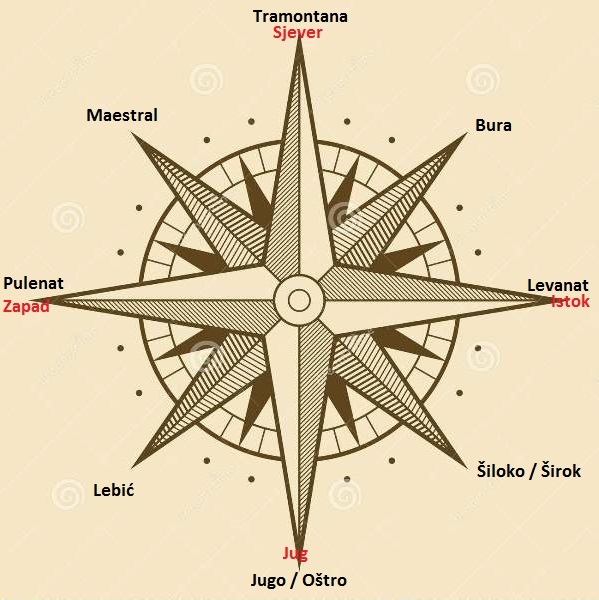
Croatian winds have names 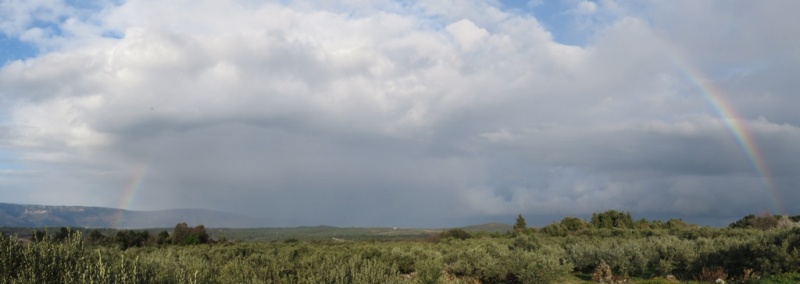
The rainbow after the storm
Plants, orchards and gardening

Brown turkey figs 
Flowers of the Jerusalem Artichoke 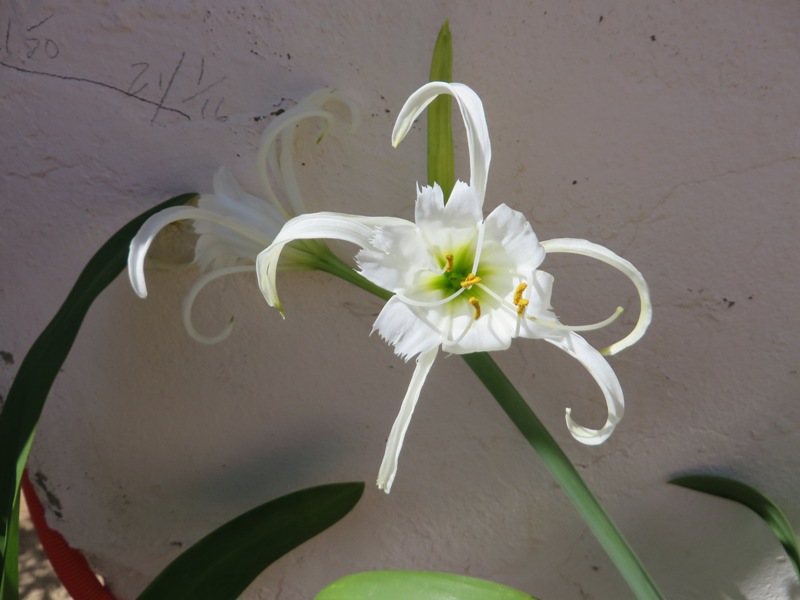
Spider lily 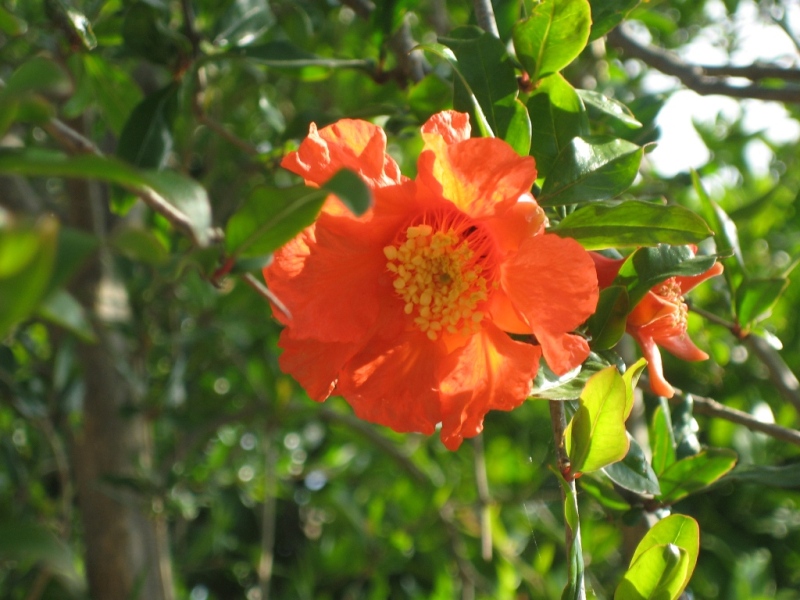
Šipac flower
DiY and building projects

Cooperage – repairing an old wine cask 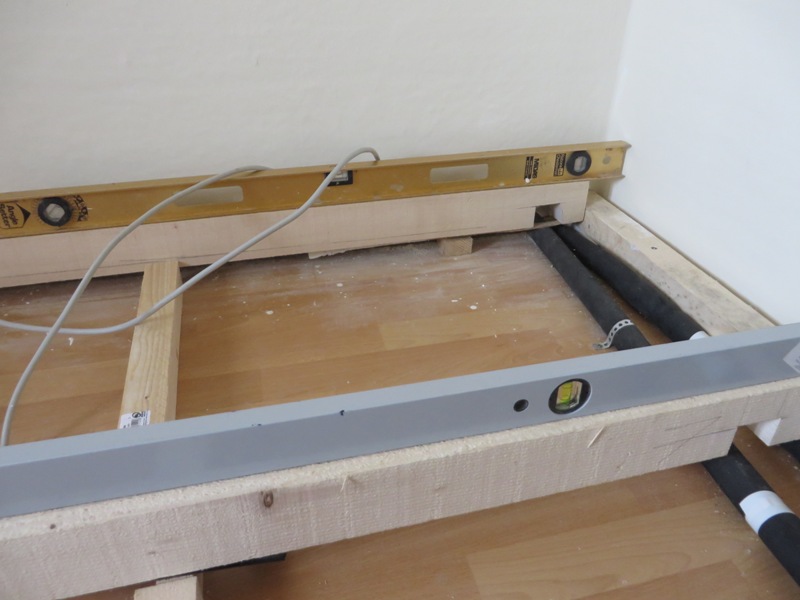
Levelling a floor 
Home made tools – a wood scribe
Motorcycles and history

Banovina of Croatia Police badge 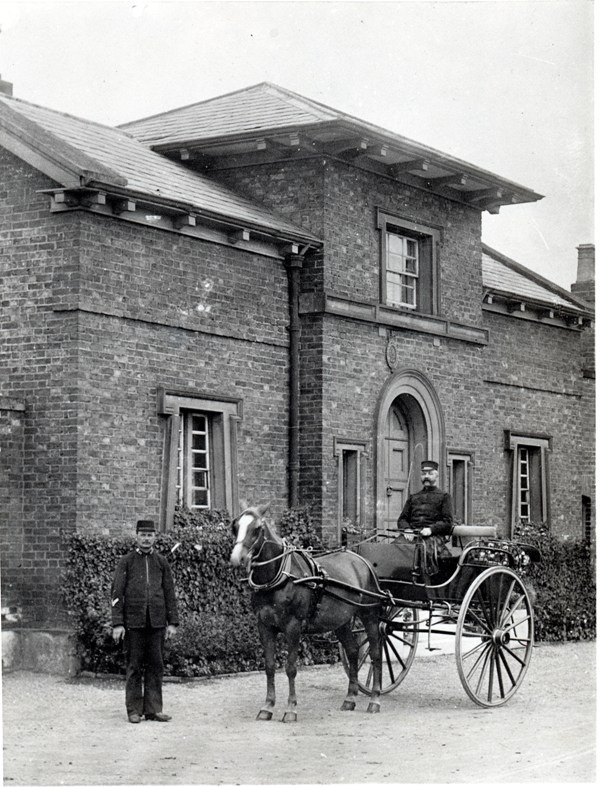
Howden police station c.1882 
Howden police station c.1982 
1932 New Hudson 
Online post cards – Zagreb policeman 
Triumph repairs on specially built platform
Looking back over 2018, which is rapidly drawing to a close, there has been progress, although not as much as I would have liked. I’ve tried new techniques in the orchards, have grown a number of new species and finished several projects, with others still ‘in progress’. Overall, I think the year has been a success.
I’m looking forward to 2019. I hope you are too.
NCR